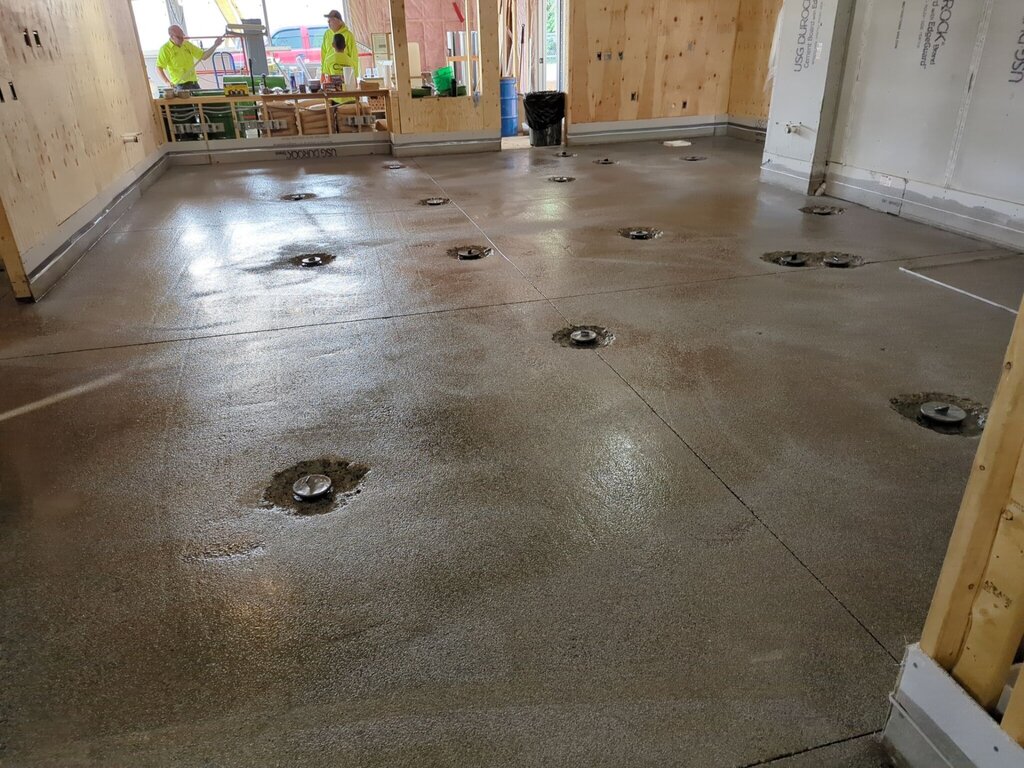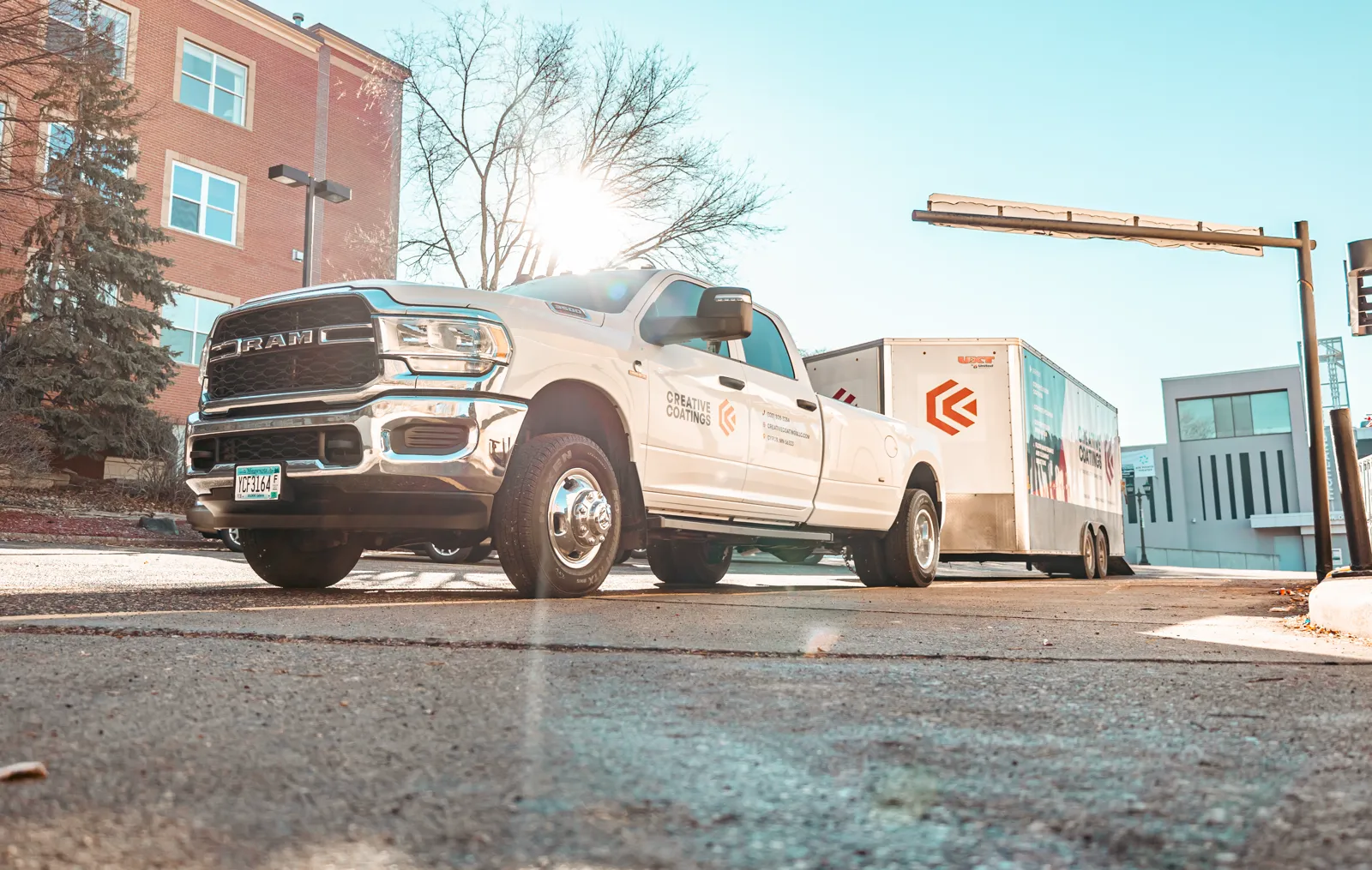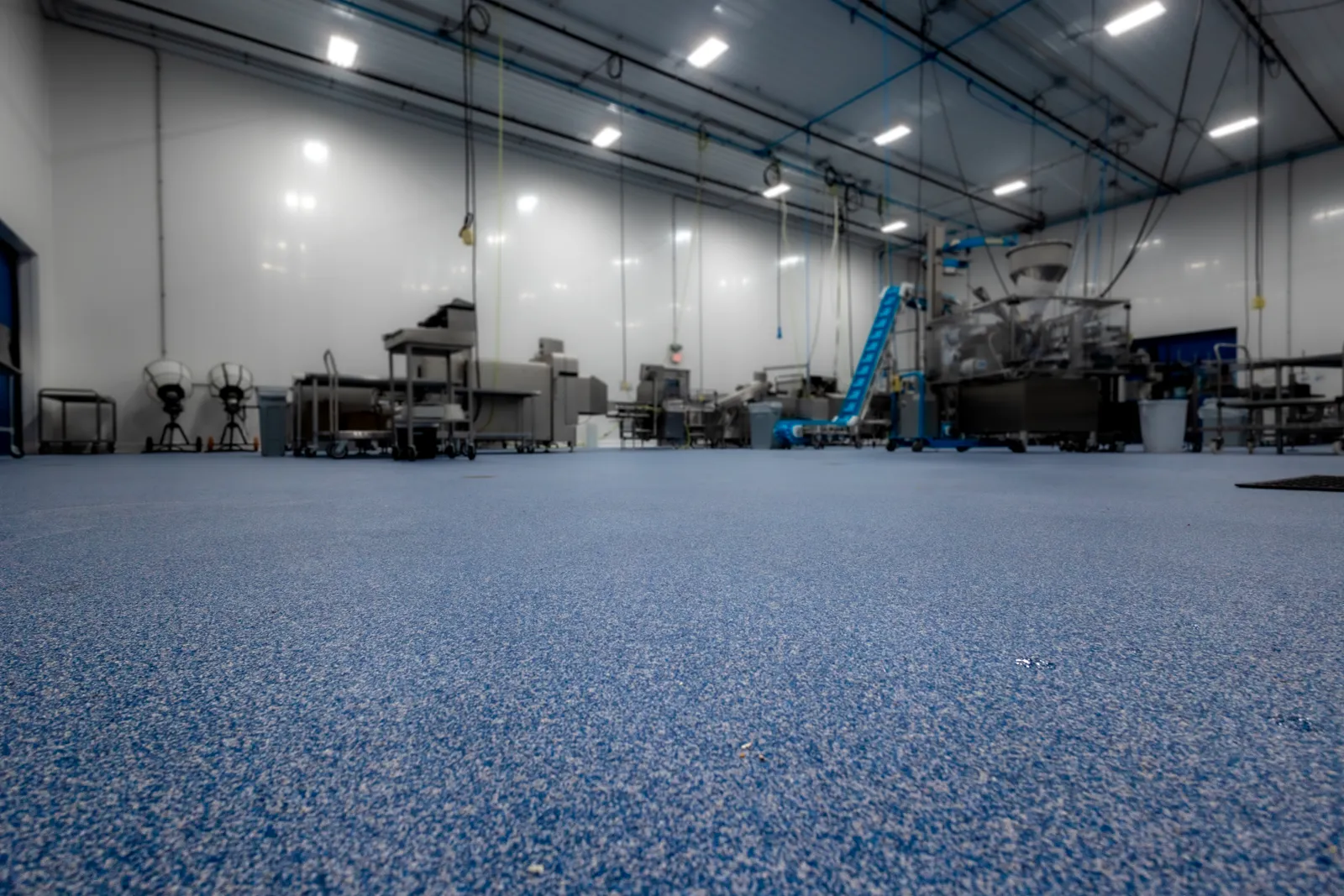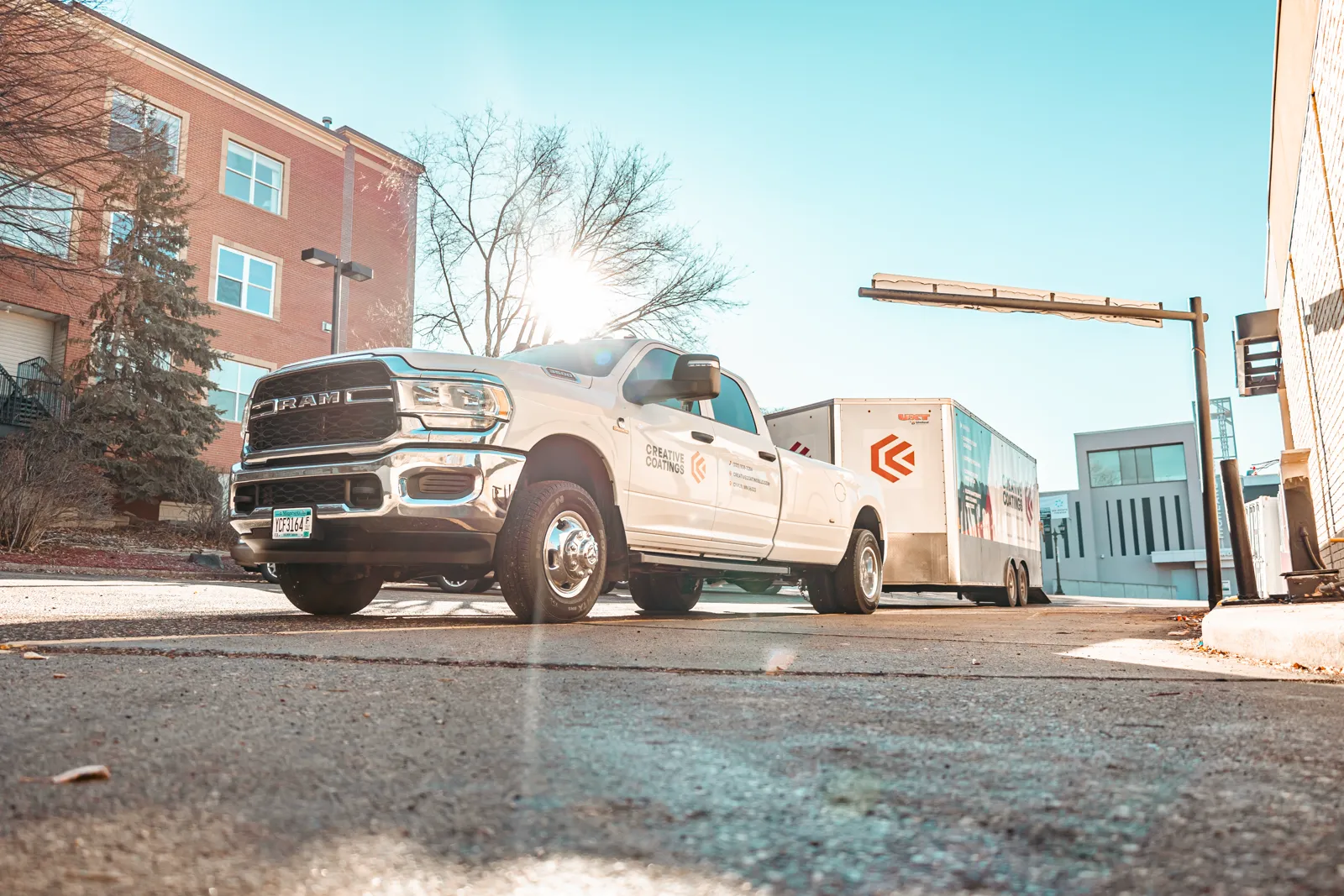Epoxy flooring is a popular choice for garage floors because it’s durable, resistant to chemicals, and easy to clean. However, applying epoxy flooring isn’t as simple as it seems. Many beginners make mistakes that can affect the finish and longevity of the floor. In this article, we will explore 6 beginner mistakes with epoxy garage floors.
We aim to help you avoid these pitfalls and achieve a professional-looking finish. We’ll guide you through the process from surface preparation to curing time, highlighting the importance of each step and the consequences of overlooking them, because it can happen to the best of us. Whether you’re a DIY enthusiast, a homeowner, or an amateur handyman, this guide is for you. By the end of this article, you’ll be better equipped to confidently tackle your epoxy flooring project. Avoid these common mistakes, and you’ll be on your way to a beautiful, durable garage floor.
Table of Contents
6 Beginner Mistakes With Epoxy Garage Floors

1. Skipping Essential Floor Preparation
The first step in any epoxy flooring project is preparing the surface. It’s an important step that many beginners overlook. A clean, dry, and well-prepared surface is key to a successful epoxy application. Therefore, we’ll go over some important steps.
- Cleaning and degreasing the floor
- Repairing cracks and chips
- Testing for moisture
Why Cleaning and Degreasing Matters
Epoxy won’t adhere well to a dirty or greasy surface. That’s why it’s so important to thoroughly clean and degrease the floor before applying epoxy. If you skip this step, you risk the epoxy peeling off or not curing properly. We have a detailed overview of this step here.
The Importance of Repairing Cracks and Chips
Cracks and chips in the concrete, likewise can affect the finish of your epoxy floor and lead to structural issues. It’s important to repair any damage before applying epoxy to ensure a smooth, even finish. Clean the area thoroughly, removing loose debris. For small cracks and chips, apply a concrete patching compound or epoxy filler with a putty knife, smoothing it to match the surrounding surface. For larger damage, use a concrete resurfacer, following the manufacturer’s instructions. You can find more details on this step here.
Moisture Testing Before Application
Epoxy doesn’t adhere well to damp surfaces. Therefore it’s crucial to test for moisture before applying epoxy to your garage floor. If the floor is too damp, the epoxy may not cure properly. This can lead to a host of problems, including peeling and blistering. So, if you perform a moisture test and find that your concrete floor contains moisture, see this guide on how to take care of it. It’s important!

2. Ignoring Environmental Factors
Environmental factors play a significant role in the success of an epoxy flooring project. Factors such as temperature, humidity, and ventilation can all impact how well the epoxy cures. So, here are some key environmental factors to consider:
- The temperature and humidity in your garage
- The level of ventilation in your garage
Why it matters:
The Effects of Temperature and Humidity
Temperature and humidity can greatly affect the curing process of epoxy. If it’s too hot or too humid, the epoxy may not cure properly. This can lead to a host of issues, including a sticky or tacky finish, and all the hard work you put into the process will have gone to waste. So, you’ll want to be extra sure before you begin with your project.
Ventilation: A Key Aspect of Epoxy Curing
Proper ventilation is crucial when applying epoxy. It helps the epoxy cure properly and prevents the buildup of harmful fumes. And, without adequate ventilation, you risk the epoxy not curing properly. Besides, you also put your health at risk due to the potential buildup of harmful fumes.
Looking to get your garage floor professionally coated? Creative Coatings would be honored to coat your floor! Get a free quote now by calling us (320)-808-3284 or by contacting us directly on our site!

3. Mixing and Application Errors
Mixing and applying epoxy may seem straightforward, however, errors in these steps can lead to disastrous results. Common mistakes include incorrect mixing ratios and improper application techniques.
Here are some key points to remember:
- Always follow the manufacturer’s instructions for mixing ratios
- Apply the epoxy evenly and at the correct thickness
The Consequences of Incorrect Mixing Ratios
Incorrect mixing ratios can prevent the epoxy from curing properly. This can result in a soft or sticky finish that doesn’t provide the durability and protection you need.
Applying Epoxy: Thickness and Technique
Applying epoxy at the correct thickness is crucial for a successful project. Depending on which type of coating you use, too thin, and the coating may not provide adequate protection. too thick, though, and you risk creating an uneven surface or wasting material. Keep in mind that the goal is a smooth, even layer that provides a durable, protective finish. Therefore, work according to the manufacturer’s instructions for best results, which brings us to the next point.
4. Overlooking Manufacturer's Instructions
The instructions are there for a reason. They provide the best practices for using their specific product. Ignoring them can lead to:
- Poor adhesion
- Uneven finish
- Reduced durability
Here’s why these instructions are so important:
The Importance of Following Guidelines
Manufacturer’s instructions provide the optimal conditions for applying their product. Ignoring these can lead to a subpar finish and even product failure. So, always try to follow them as closely as you can.
The Risks of Rushing the Process
Rushing the epoxy flooring process can lead to numerous issues. Including bubbles in the finish, uneven application, and poor adhesion. Remember, patience is key when applying epoxy flooring, and we will address that in the next step.

5. Neglecting Proper Curing Time
Epoxy flooring requires time to cure properly. This process is crucial for the durability and longevity of the floor. Ignoring the curing time can lead to:
- Soft or sticky spots
- Uneven color
- Reduced lifespan of the floor
Patience is Key: Allowing Epoxy to Fully Cure
You need to give your flooring time to harden and bond to the concrete. Rushing this process can lead to a floor that doesn’t last. Using the floor before it’s fully cured can damage the finish. This can lead to costly and time-consuming repairs. So, always wait for the recommended curing time before using the floor.
6. Failing to Plan for Maintenance and Future Repairs
Epoxy flooring, like any other surface, requires regular maintenance. Ignoring that can lead to:
- Dullness and loss of shine
- Scratches and chips
- Shortened lifespan of the floor
The Need for Regular Maintenance
Regular cleaning helps maintain the shine and durability of epoxy flooring. Ignoring maintenance can lead to a dull and worn-out floor. It might be daunting, but if you stay ahead of it, it’ll be worth the effort!
Preparing for Repairs and Touch-Ups
Even with the best care, epoxy floors may need repairs and touch-ups. With that in mind, be prepared for these eventualities. It can save you time and money in the long run.
Conclusion
Using epoxy flooring is a great way to enhance your garage. Avoiding these common mistakes can ensure a smooth application process and a durable, attractive floor. It’s a big project, and there are quite a few things to be mindful of, but if you take the time to learn about what to avoid and how to achieve the best results, it’ll be worthwhile!


